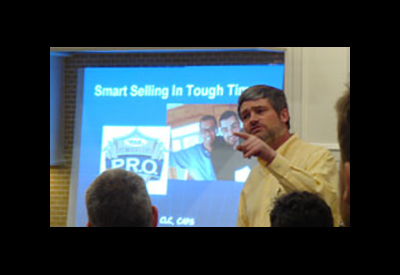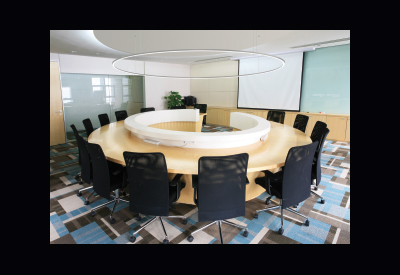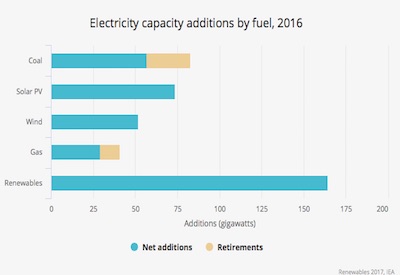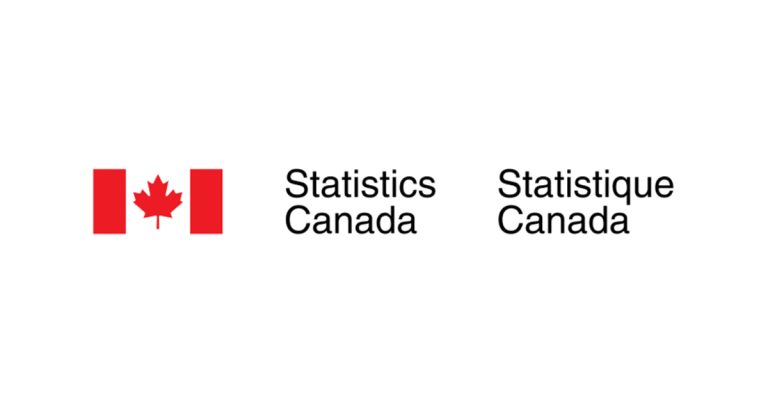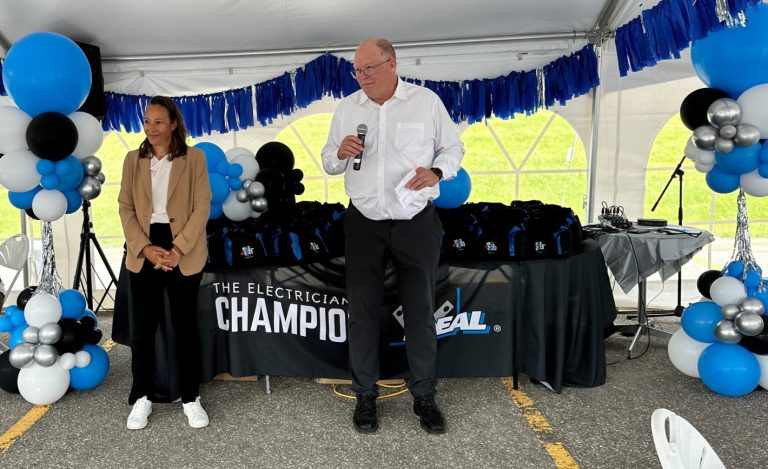Guide to the Canadian Electrical Code, Part I — A Road Map

Oct 6, 2019
By William (Bill) Burr
Since earlier articles in this series were based on the 23rd edition of the CEC, Part I, I have revised these articles to reflect any changes made pursuant to the 24th edition. Often, Code users encounter situations where they find themselves at odds with the rules contained in the Canadian Electrical Code, Part I (the Code). These situations can occur for designers, consultants, installers, inspectors, manufacturers, students, instructors and standards developers alike, and these situations usually result from a misreading, misunderstanding, misapplication or inability to locate the requirement that is needed or that is relevant to their tasks.
The Code is a comprehensive document. Sometimes, it can seem quite daunting to quickly find the information you need. Over the next series of articles, I will provide a guide to help users find their way through this critical document. This is not intended to replace the notes in Appendix B or the explanations of individual requirements contained in the CEC Handbook, but will hopefully provide some help in navigating while reading the Code.
Introductory Pages and Preface
The first few pages contain the Table of Contents, the names of the main technical committee and sub-committee members, and the all-important information in the Preface. Why is the Preface so important? Well the Preface, in addition to a list of reference publications, explains how the Code is organized. This arrangement of the outline provides a road map to finding your way. With this tool you can find your direction to the exact rule or sub-rule that is the subject of your quest.
The first guidepost, indicated in the preface, is that Sections 0 to 16 and Section 26 are general sections that apply to all installations and that all other sections, which apply to specific situations, amend or supplement these general sections. The usefulness of this key distinction will become clearer later in our exploration. The Preface doesn’t mention this, but Appendix A and C are normative (mandatory), and all the other Appendices are informatory (non-mandatory) parts of the Code. The Tables and Drawings pages are also normative.
Section 0
Moving on to Section 0, we discover the object and scope of the Code, and the definitions of terms contained in it.
Object
The object states that this Code establishes safety standards for the installation and maintenance of electrical equipment, where consideration has been given to the prevention of fire and shock hazards, as well as proper maintenance and operation. It also notes that the Code addresses the fundamental principles of protection for safety contained in Section 13 of IEC 60364-1, which is the International Electrotechnical Commission (IEC) standard for low voltage installations (1000 volts or less). You can examine these principles in Appendix K of the Code.
We are made aware, by the Object statement, that compliance with the requirements of the Code and proper maintenance will ensure an essentially safe installation, as protection against electric shock, thermal effects, over-current, fault currents, and over-voltage will be met. Also noted is that alternatives to the Code that comply with the fundamental principles of IEC 60364-1 may also be used to achieve safe installations, but only if used in conjunction with acceptable means to assess compliance, by the authorities enforcing the Code. This provision is intended for, and usually applies to an industrial installation, under a specific safety management program developed with the authority having jurisdiction. Since the Code is adopted into law by each jurisdiction, any amendments or alternatives must also be adopted into law in that jurisdiction.
Scope
As we move to the Scope statement, we discover that basically all electrical work and equipment is covered by the Code with the exception of
• installations employed by a utility in its function as a power or communication utility
• electric railways
• aircraft
• ships that are not connected to a shore supply for more than five months
If you are looking for rules that apply to a mine or quarry, there are additional requirements in CSA M421.
Definitions
Next up are the definitions. These definitions contained in Section 0 are for specific words or terms used in the Code to aid in understanding and interpretation. An ordinary dictionary meaning applies for any word or term that is not specifically defined in Section 0. These definitions apply generally throughout the CE Code; however, some sections also contain definitions that apply to terms used only in that particular section. It is very important that you check these definitions when reading any specific rules. Although you may have a general idea of the meaning of a term, the Code definition can sometimes affect the application of the rule.
As an example let’s look at the definition of the word “Approved” (as applied to electrical equipment). It is generally acknowledged that electrical equipment needs to be certified by a certification organization to be approved. But wait! There’s more. According to the definition, that certification organization needs to be accredited by the Standards Council of Canada (SCC), and in addition, the product needs to be certified that it meets the requirements of
• CSA safety standards for electrical products (Part II standards), or
• other standards developed by an SCC accredited standards development organization (SDO) or other recognized documents where CSA Standards do not exist for that product
In the case of non-CSA standards or other recognized documents, they must be correlated with the Code and also must not duplicate standards listed in Appendix A. The definition also conveys alternatively that equipment which meets the requirements of the regulatory authority is also considered approved. This normally refers to field evaluation by an accredited special inspection body that is recognized by the authority having jurisdiction and facilitates the approval of new or limited manufacture products. So you see, a lot of information is contained in this definition of Approved. The Appendix B note on this definition would also be very beneficial to the Code users.
Section 2 — General Rules
Administrative
In Section 2 we encounter the first numbered rules in the code. The rules from 2-000 to 2-032 are categorized as administrative rules. These rules establish the authority of the inspection department with respect to the code and outline the code’s operative functions, such as permits, applications, paying fees, posting permits, notification for inspection, submitting plans and specifications, current-permits, reinspection, renovation, use of approved equipment, powers of rejection, availability of work for inspection, deviation or postponement, and damage and interference. These are the rules most likely to be amended by provincial or territorial authorities-having-jurisdiction (AHJs) because inspection departments may require different administrative procedures than those set out in the code.
Because these administrative rules are not technical in nature, amendments to them do not affect the consensus safety principles of the code’s technical rules. Also note that, as mentioned in the preface, Rule 2-002 establishes that where there are code sections covering particular installations, those rules do not cover all the rules that apply for that installation, but supplement or amend the rules in the general sections covering all installations.
Technical General
Next we move to the Technical part of the General Rules. These rules cover general safety aspects required of all electrical equipment and installations. The main topics include
• General
• Protection of Persons and Property
• Maintenance
• Enclosures
The General topic rules 2-100 to 2-104 deal primarily with required attributes of electrical equipment. Such topics as equipment markings, warning and caution markings, and ratings of equipment are included here. Although these requirements are also contained in the Part II Product Standards, the CEC Part I being the senior code document, the requirements are established here.
A new item (i) was added to Subrule (1) of Rule 2-100 requiring that short-circuit current rating or withstand rating be also marked on electrical equipment.
Another new Subrule (4) was added to Rule 2-100 requiring a permanent caution marking indicating the maximum continuous loading permitted for connection to the fused switch or circuit breaker to be field applied where the maximum continuous load allowed on a fused switch or circuit breaker as per Rule 8-104 (5) and (6) is less than the continuous operating load marked on the fused switch or circuit breaker.
Rule 2-104 is revised to require that electrical equipment marked with a short-circuit current or withstand rating be selected for installation with a rating sufficient for the employed voltage and available fault current at the equipment terminals.
Rules 2-106 to 2-124 contain general requirements governing some specific conditions applying to equipment, such as using rebuilt equipment, substitution, and circuit voltage to ground in dwelling units. Other rules apply to conditions of installations like quality of work, material to be used for anchoring in masonry and concrete, corrosion protection for material used in wiring, soldering fluxes, use of AWG sizes for wire, accessibility of electrical equipment and nameplates, and the installation of other equipment near electrical equipment.
In Rule 2-110 Circuit voltage-to-ground — Dwelling units, the reference to nominal system voltage was corrected to read 600Y/347 V.
Rules 2-126 to 2-132 discuss requirements for the use of thermal insulation near or adjacent to electrical equipment, control of fire spread, and control of flame spread of wiring, cables and non-metallic raceway in accordance with the National Building Code of Canada requirements, which are referenced in Appendices B and G.
In Rules 2-126 and 2-130 references to “conductors” were revised to “insulated conductors and cables.”
In Rules 2-130 and 2-134 references to “electrical wiring” were revised to “insulated conductors and cables.” In addition in Rule 2-134 the wording “specifically approved for the purpose and be so marked” is revised to “marked for the purpose”.
Rules 2-134 and 2-136 give sunlight resistance requirements for wire cable and non-metallic raceways and the insulation integrity of the finished installation. The final rule in the 2-100 series, Rule 2-138, prohibits the use of Class A GFCIs being used as a substitute for insulation or grounding except as permitted by Rules 10-408(4) and 26-700(8).
Protection of Persons and Property: Rules 2-200 and 2-202 require electrical equipment to be installed and guarded for the safety of persons and protection of equipment and the guarding of bare live parts. In Rule 2-202 the words “approved cabinets or other forms of approved enclosures” are changed to “suitable enclosures”
The next 2-300 to 2-324 series of rules deals with Maintenance and Operation. These rules cover the need to keep electrical equipment well maintained, in good working order and tested for proper operation. As well, these rules specify safe working practices for maintaining equipment in hazardous locations, disconnection of live equipment, provisions for shock and arc flash protection and working space around electrical equipment, as well as adequate entrance and exit provisions for spaces containing electrical equipment.
Rule 2-308 has been revised to delete references to specific equipment and instead to include all electrical equipment containing renewable parts, disconnecting means or operating means; or requiring examination, adjustment, operation, or maintenance. The Appendix B note lists some specific equipment where working space with secure footing must be maintained.
Rule 2-310 requiring arrangement of equipment rated 1200 A or more or rated over 750 V to provide adequate entrance to, and exit from, working space and no longer specifies specific equipment.
A new Rule 2-312 requires a minimum horizontal working space of 1 m on the sides of transformers rated greater than 50kVA.
Rules 2-312 to 2-326 cover placement of electrical equipment, accessibility for maintenance and proper illumination, ventilation, drainage and clearances from flammable materials and combustible gas equipment. In addition, rule 2-314 requires a receptacle to be provided for maintenance of HVAC equipment located on a rooftop.
Enclosures: rules 2-400 to 2-404 cover the types, uses and marking of enclosures and motors for various environmental conditions.
These are the administrative and general technical rules that apply to all electrical equipment and installations. You will often need to refer to these in combination with the specific rules of the Code to ensure compliance and an essentially safe installation.
In the next article we will explore Sections 4 and 6.
* The source for this series of articles is the Canadian Electrical Code, Part I, published by CSA.
William (Bill) Burr is the former Chair of the Canadian Advisory Council on Electrical Safety (CACES), former Director of Electrical and Elevator Safety for the Province of BC, and former Director of Electrical and Gas Standards Development and former Director of Conformity Assessment at CSA Group. Bill can be reached at Burr and Associates Consulting billburr@gmail.com.



